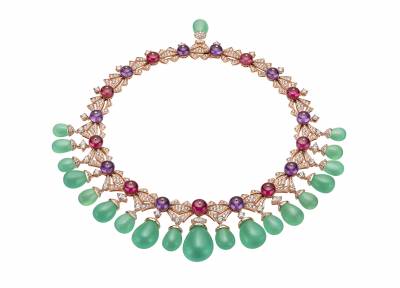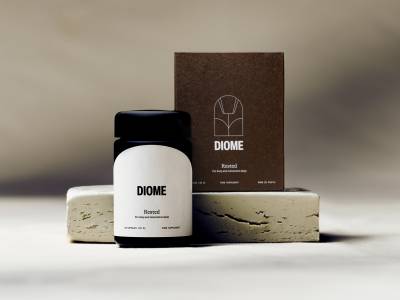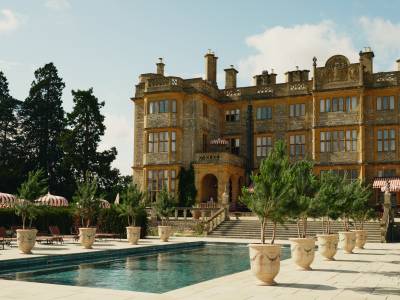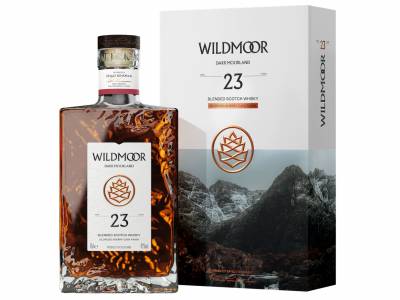For a very “Marmite” style decade, the 1970s still exerts a huge influence. Whether you embrace the freedom, eccentricity and handicraft that the best of it represents, or you find the muted colours, odd combinations and detail overload backward-looking and unimaginative, there is no doubt that today’s designers are fascinated by the period and love to revisit it for new audiences.
Jewellery from the 1970s had a very distinctive style, which went right out of fashion as soon as the brash, shiny 1980s reared its “loadsamoney” head. For a new generation with a different mindset, 1970s’ style, with its focus on colour and unusual gemstones, pushes the buttons of those for whom individuality and handicraft are the driving forces. The originals were swept away by the white metal, clean lines and, some feel, chilliness of 1980s’ minimalism. Much 1970s’ jewellery was in bold yellow gold, harking back to the gold jewellery of the late 1940s that was itself a reaction to the white metal and monochrome of the Art Deco era. Some leading names of the period were specialists in working and engraving gold — firms such as watchmaker-jeweller Piaget, based in Geneva, whose modernist, stone-set cuff watches appeared on myriad celebrity wrists, or Milan-based Buccellati, which specialises in hand-hammering gold to a grained finish like silk.









